VANCOUVER – WorkSafeBC has released health and safety information for the construction industry regarding COVID-19, including the provincial health officer’s directions and prime contractor responsibilities.
“WorkSafeBC is aware of the important concerns raised by the construction industry,” reads a statement from the organization. “We are working with workers, employers, and industry associations to ensure construction sites are healthy and safe during the COVID-19 outbreak.”
WorkSafeBC explained that prevention officers are providing information to workers and employers through worksite inspections focusing on the controls that the employer can use to limit exposure, including maintaining distance between workers and ensuring adequate hygiene facilities.
WorkSafeBC noted that it is continuing to engage in inspection, consultation, and education activities within the construction sector to ensure everyone in the workplace are fulfilling their obligations.
Officials explained that prime contractors have specific responsibilities for health and safety and must ensure that the activities of employers, workers, sub-contractors and other parties at the workplace are coordinated. The prime contractor is also required to do everything that is “reasonably practicable” to establish and maintain a system or process that will ensure the compliance with the Occupational Health and Safety Regulation and the Workers Compensation Act.
Construction employers and sub-contractors are responsible for ensuring the health and safety of workers by putting policies and procedures in place to keep workers healthy and safe, and providing workers with up-to-date instructions, training, and supervision on those policies and procedures.
Prime contractors, employers, and sub-contractors must all have a mechanism in place for workers to raise issues and concerns about COVID-19 exposure so that additional precautions and controls can be put in place where required.
To prevent the transmission of COVID-19, WorkSafeBC recommended:
- Implementing a policy requiring anyone with symptoms of COVID-19 such as sore throat, fever, sneezing, or coughing to self-isolate at home for 10 days, as well as anyone advised by public health to self-isolate
- Maintaining a distance of two metres between workers wherever possible by revising work schedules, organizing work tasks, posting occupancy limits on elevators, and limiting the number of workers at one time in break locations
- Ensuring that no more than 50 people are in the same space by reducing in-person meetings and other gatherings, maintaining an up-to-date list of employees at the workplace, and holding on-site meetings in open spaces or outside
- Providing adequate hand-washing facilities on site for all workers and ensuring their location is visible and easily accessed
- Provide and maintain adequate washroom facilities as required by Regulation 4.85. WorkSafeBC has guidance around the minimum number of required washrooms, washroom facilities where no plumbing is available, and maintenance of washroom facilities
- Regularly cleaning all common areas and surfaces, including washrooms, shared offices, common tables, desks, light switches and door handles
- Employers must communicate the policies and protocols that are in place to minimize the risk of COVID-19 exposure and transmission through training, signage, and site orientation as appropriate.
WorkSafeBC officials reminded the industry that all workers have the right to refuse work if they believe it presents an undue hazard.
An undue hazard is an “unwarranted, inappropriate, excessive, or disproportionate” risk, above and beyond the potential exposure a general member of the public would face through regular, day-to-day activity.
In these circumstances, the worker must follow steps within their workplace to resolve the issue. The worker can begin by reporting the undue hazard to their employer for investigation and the employer then needs to consider the refusal on a case-by-case basis, depending on the situation.
WorkSafeBC also recommended materials produced by the BC Construction Safety Alliance (BCCSA), the health and safety association established for B.C.’s construction industry. These resources include:
Provincial Statement on Guidance to Construction Sites Operating during COVID-19
Enhanced Surface Cleaning and Disinfection
Safe Work Practice: COVID-19 & the Construction Industry
Officials also guided the industry towards the BC Construction Association (BCCA) which has developed information and guidance for the construction industry, including best practices for maintaining distance between workers for various job tasks and how to develop workplace policies around workers who are or may be ill.
In addition, the Provincial Health Officer has provided specific guidance to construction sites operating during COVID-19.




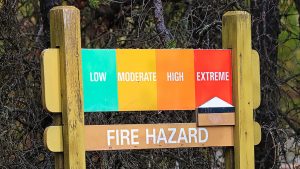
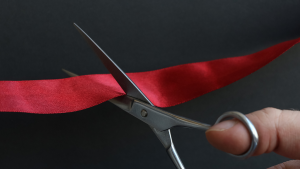
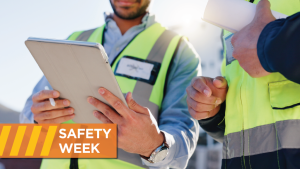


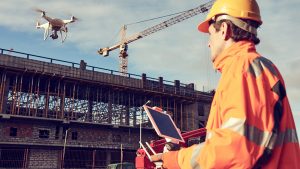
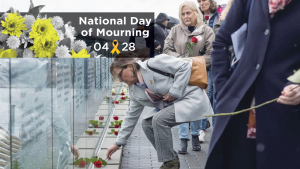
Recent Comments
comments for this post are closed